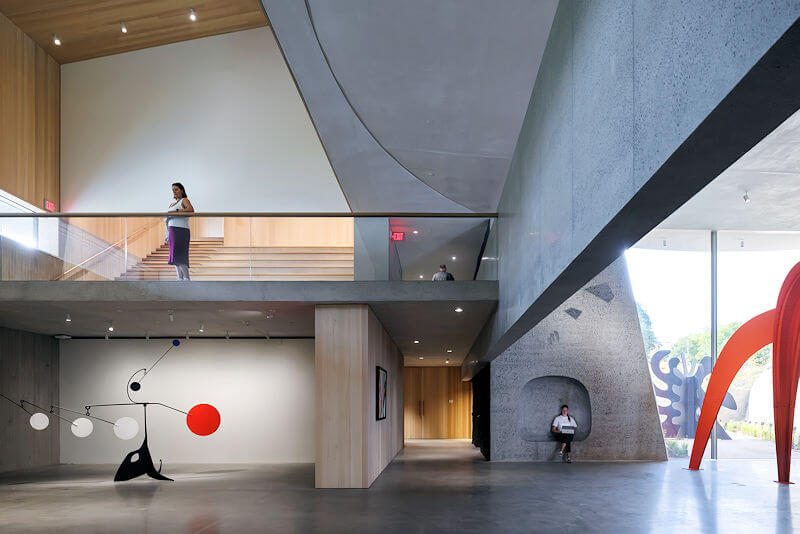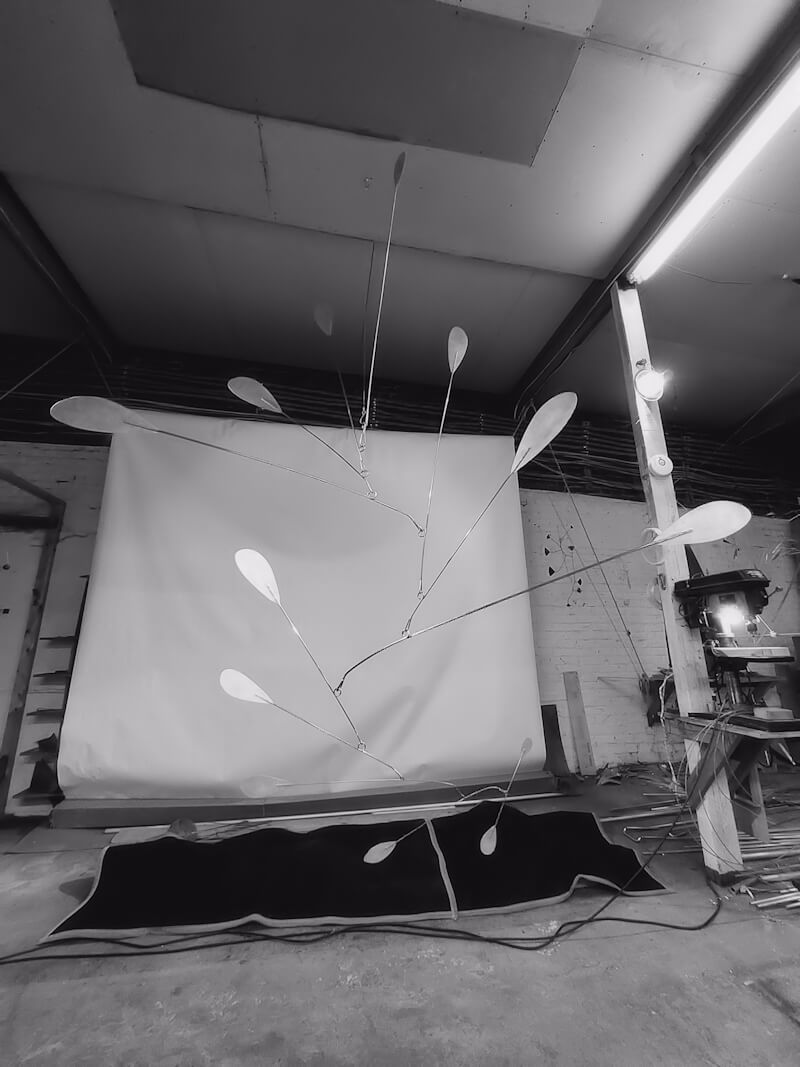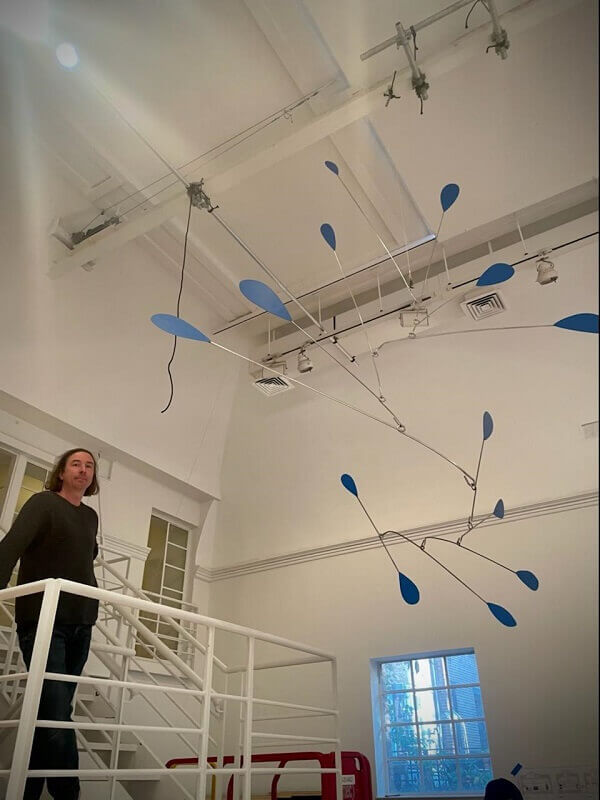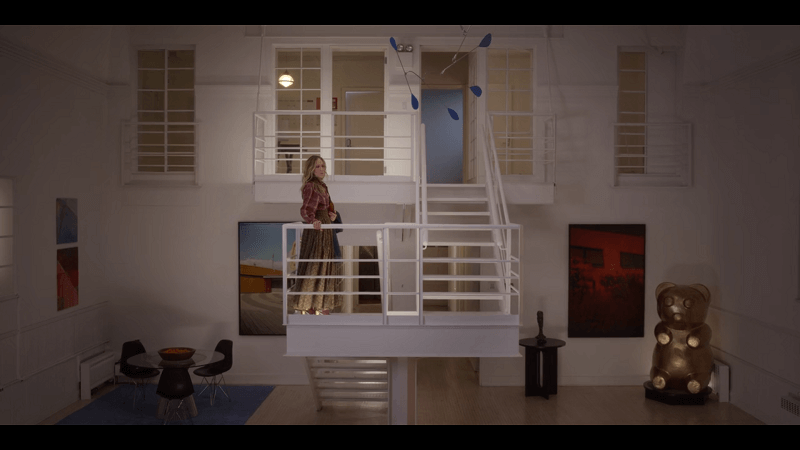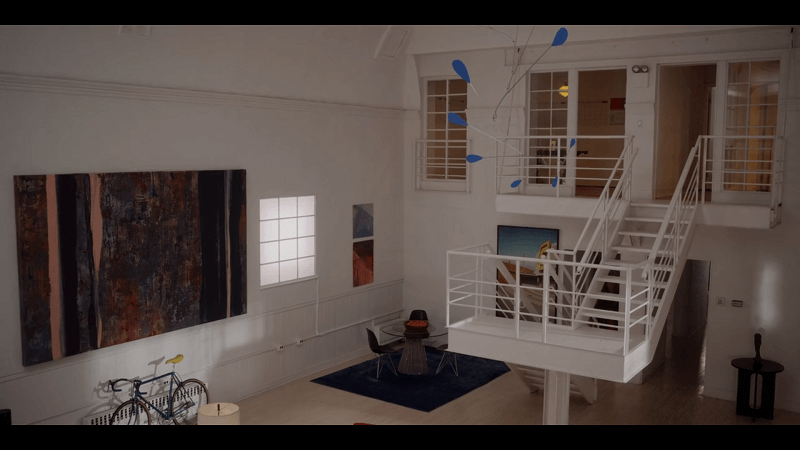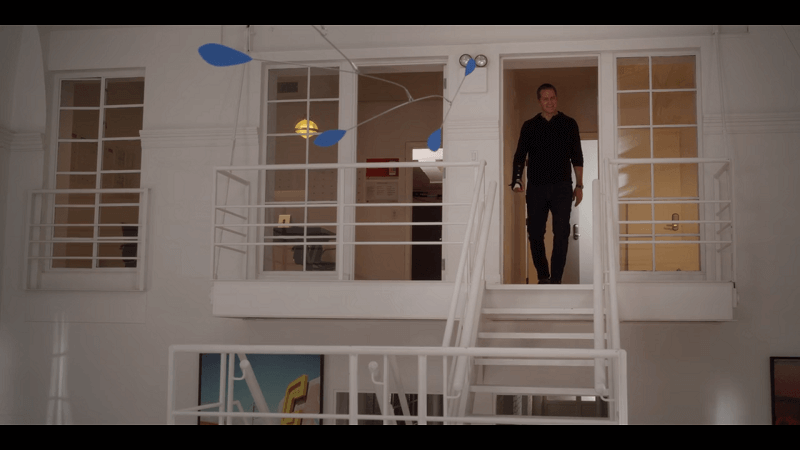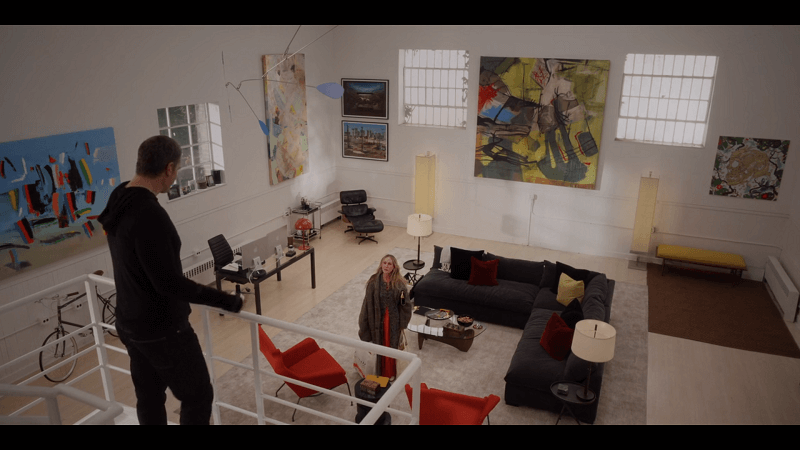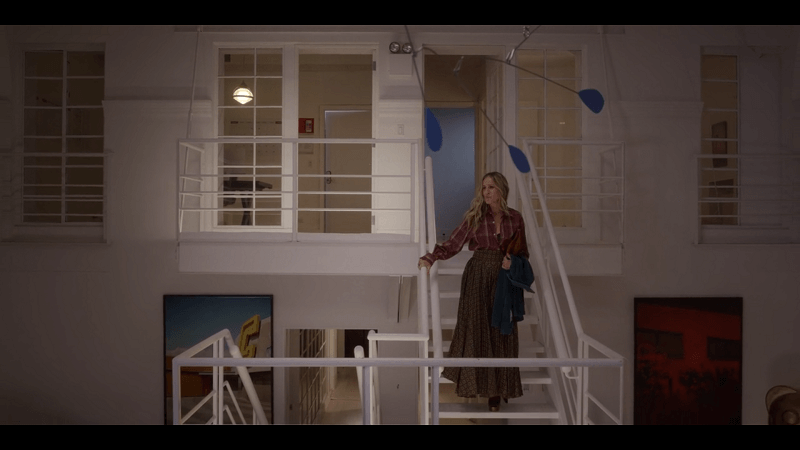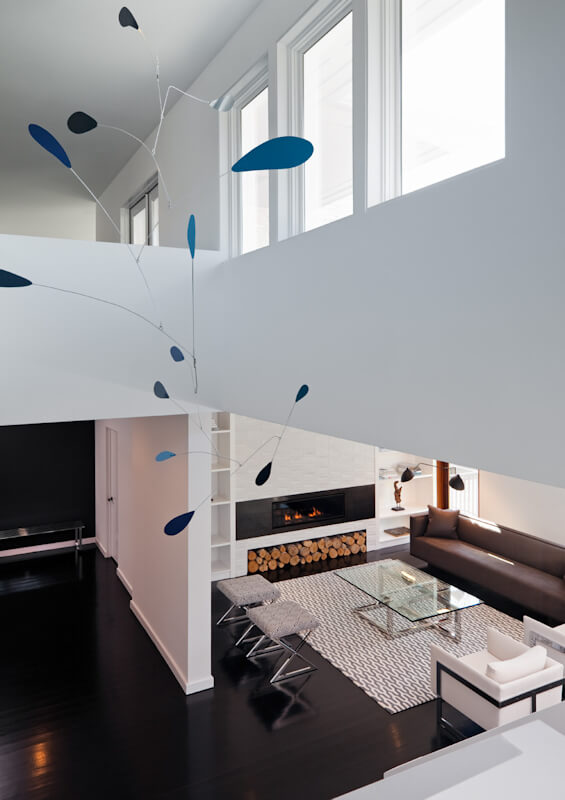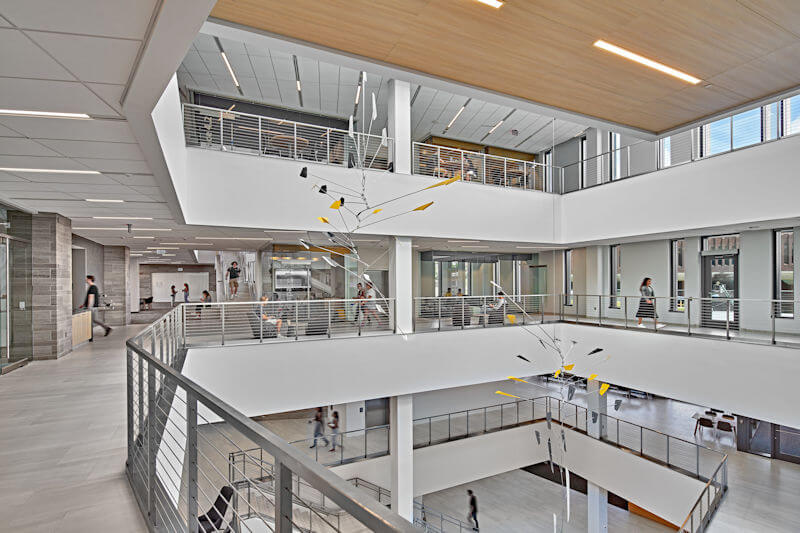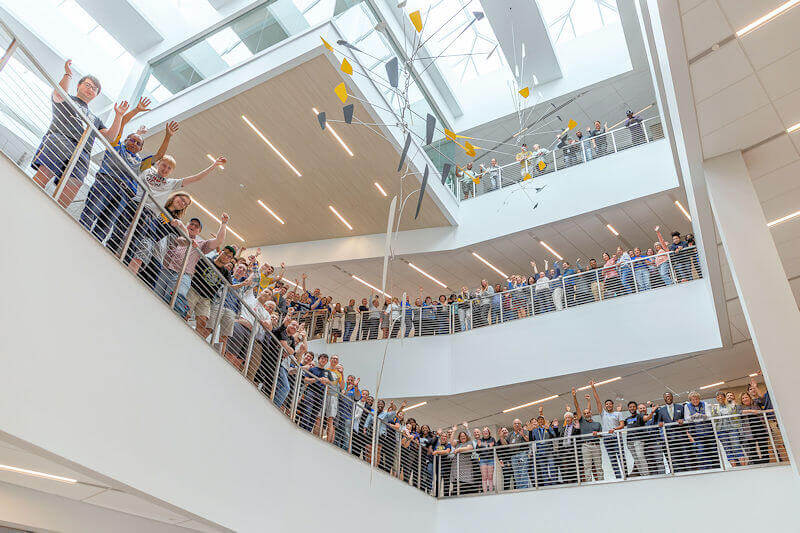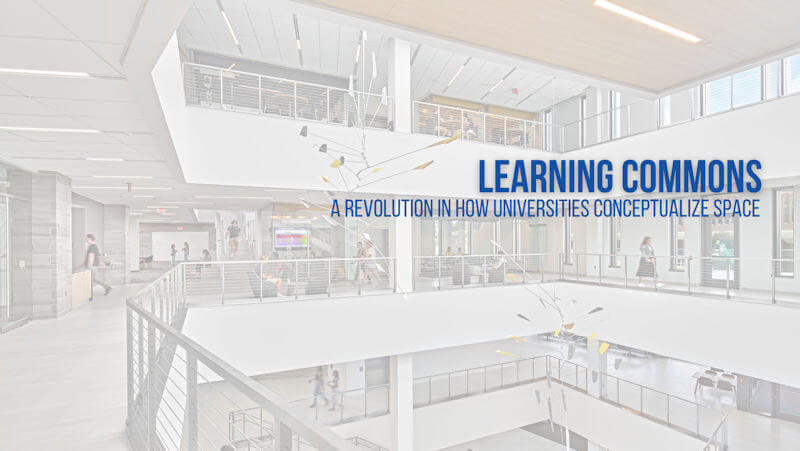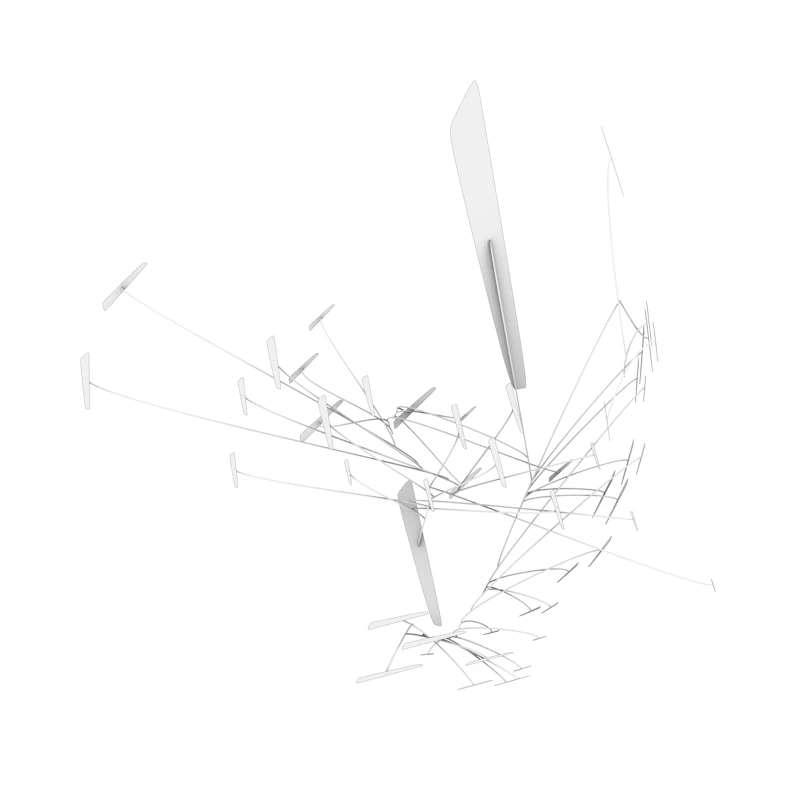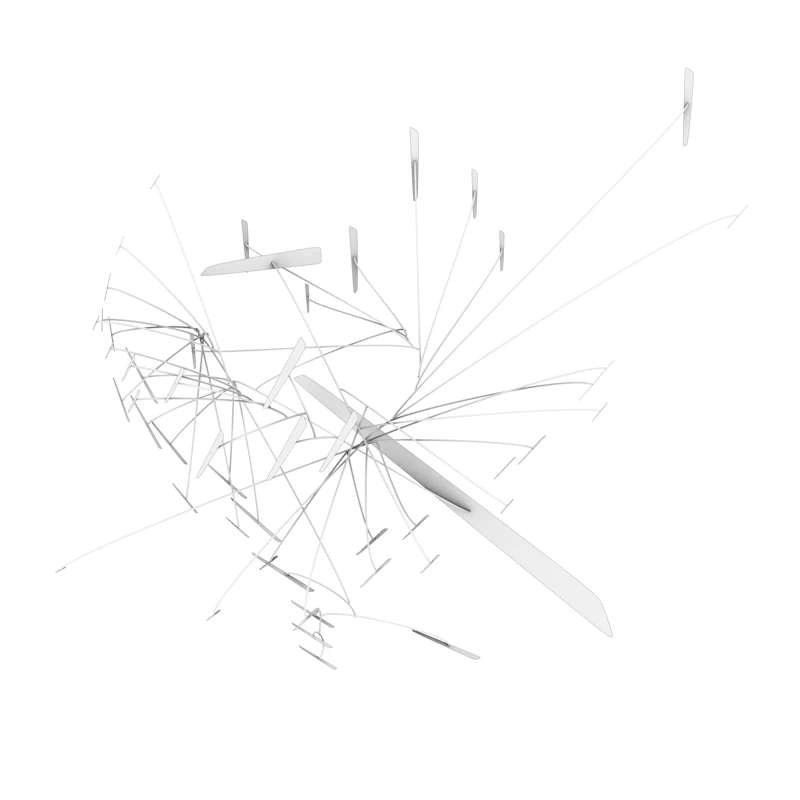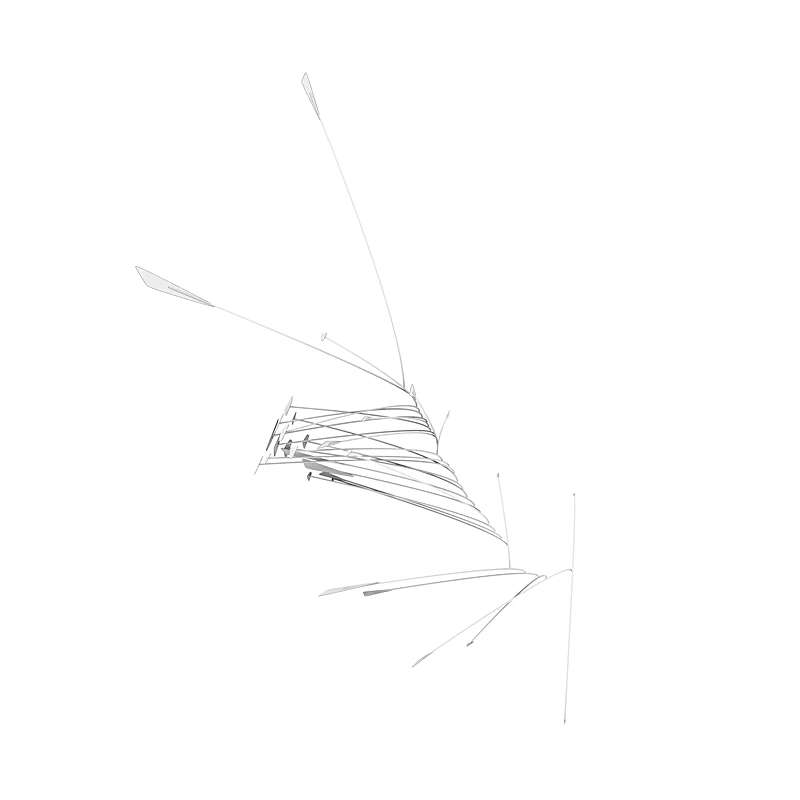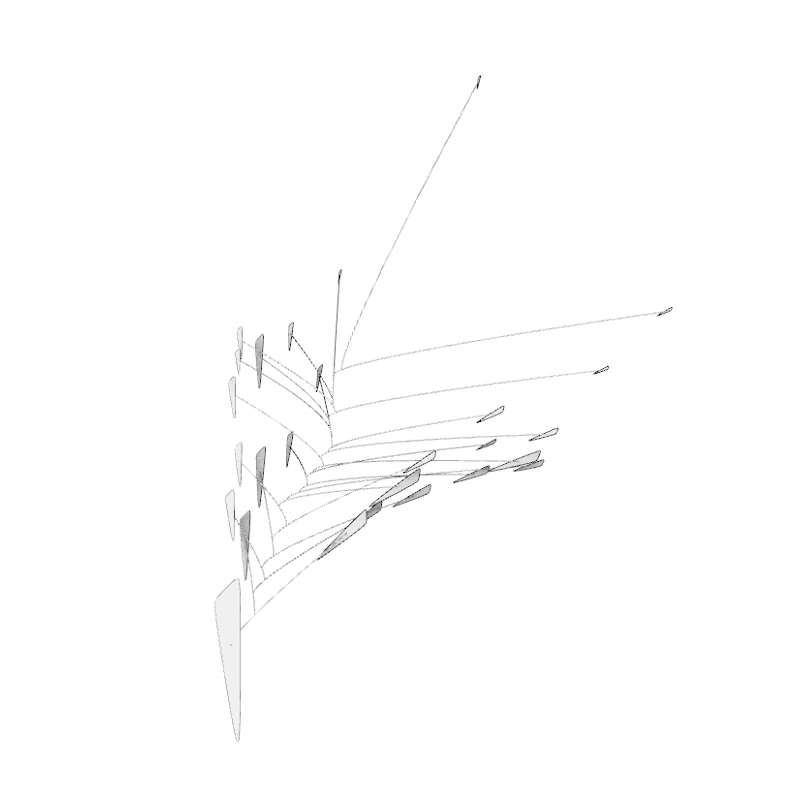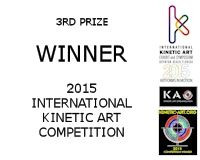Calder Gardens Opens – Showcasing Dozens of Artworks Including Iconic Mobiles
On Sunday, September 21, 2025, Calder Gardens will officially open to the public as a new cultural landmark on the Benjamin Franklin Parkway between 21st and 22nd Streets in Philadelphia. The 1.8-acre site features an 18,000-square-foot building designed by Pritzker Prize-winning firm Herzog & de Meuron, utilizing sustainable materials such as wood and glass to harmonize with the natural surroundings through natural light and ventilation. The building and gardens, crafted by landscape designer Piet Oudolf, will display approximately three dozen artworks by Alexander Calder, including iconic mobiles, stabiles, paintings, and lesser-known masterpieces.
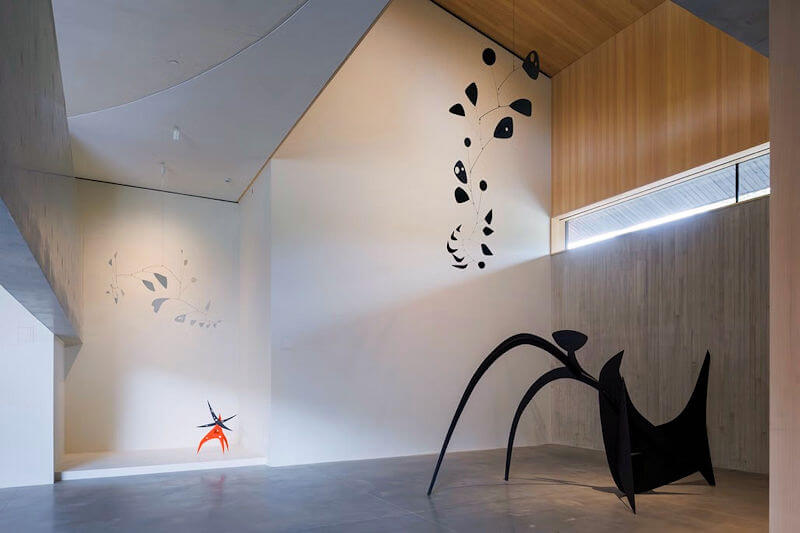
The grand opening festivities begin on Saturday, September 20, with a free public parade, “Chaos and Kisses,” running from noon to 2 PM, led by artist Arto Lindsay. Organized by Marsha Perelman Senior Director of Programs Juana Berrío, the event highlights Philadelphia’s vibrant community spirit and reflects Calder Gardens’ unique approach, eschewing the traditional “museum” label for an immersive, narrative-free experience. The Calder Foundation, in partnership with the Barnes Foundation, will curate a rotating collection to keep the exhibits dynamic.
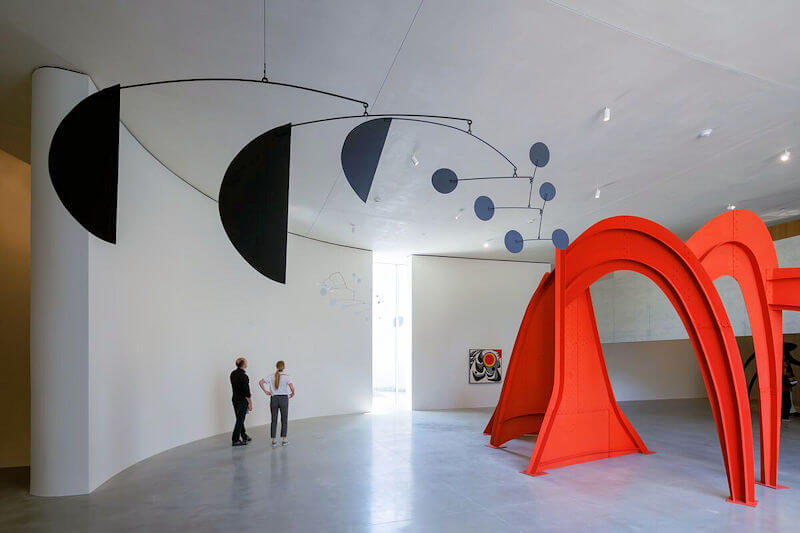
The $90 million project, backed by the City of Philadelphia and the Commonwealth of Pennsylvania, builds on the city’s artistic heritage, linking to landmarks like the William Penn statue by Calder’s grandfather and the Swann Memorial Fountain by his father. Featuring open-air galleries and 37,000 seasonal perennial plants, the site encourages visitors to connect personally with Calder’s art.
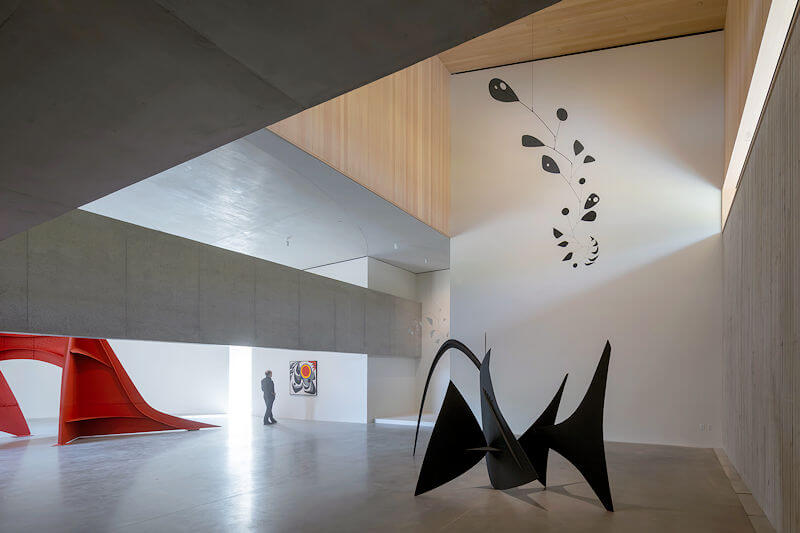
Via Christie’s: A conversation with Piet Oudolf on Philadelphia’s new Calder Gardens
Calder Gardens will be open Wednesday through Monday, 11 AM to 5 PM, starting September 21, offering free grounds access and timed indoor gallery tickets, inviting the public to explore a blend of art and nature.
Photos by Iwan Baan.
If you’re in Philadelphia to visit Calder Gardens, there’s also Calder’s Ghost mobile at the Philadelphia Museum of Art. It’s a large-scale, white abstract mobile hanging from the ceiling in the museum’s grand entrance hall. Originally created for the Guggenheim Museum, it spans 30 feet. Another one to see in Philadelphia is White Cascade at the Federal Reserve Bank of Philadelphia, the world’s largest mobile, descending 100 feet and spanning about 60 feet wide, suspended in an 8-story atrium. Free public tours are available weekdays, reservations recommended via the bank’s website. I’d suggest verifying these details before going, they may change from time to time.
Related to the official opening of Calder Gardens:
- Garden of unearthly delights: inside the eerie underground lair for ‘master of mobiles’ Alexander Calder
The Guardian
September 19, 2025 - In Philadelphia, a Stirring New Stage for Alexander Calder
The New York Times
September 15, 2025 - In Philadelphia’s Calder Gardens, a Dynasty Comes Home
The New Yorker
September 15, 2025 - Calder Gardens opens this weekend in Philadelphia
The Art Newspaper
September 19, 2025 - Calder Gardens, a Stunning New Tribute to Alexander Calder, Opens in Philadelphia
Vogue
September 16, 2025 - Here’s Everything You Need to Know About Calder Gardens, Philadelphia’s Most Unorthodox New Arts Destination
Cultured Magazine
September 18, 2025 - Philadelphia to open secular church for art of Alexander Calder
WHYY
September 15, 2025 - Philadelphia’s Calder Gardens opens: we go behind the scenes
Wallpaper*
September 15, 2025 - After two decades, Calder Gardens has finally arrived
The Philadelphia Inquirer
September 22, 2025 - Calder Gardens opens on Benjamin Franklin Parkway on Sunday
PhillyVoice
September 16, 2025
Custom-Designed Mobile Sculpture for Atrium at Learning Commons at Kettering University
I’ve had the privilege to custom-design and make a two-part mobile sculpture for the atrium at the Learning Commons at Kettering University, a highly innovative state-of-the-art 105,000 square-foot architectural masterpiece designed by Travis Sage and the design team at Stantec, and in collaboration with President Robert K. McMahan and university staff.
The sculpture consists of two parts that visually correspond with each other and complete each other. Each part measures 25 feet (8 meters) in height and 16 feet (5 meters) in diameter. Made of aluminum to keep the sculpture lightweight and therefor susceptible to air movements within the space, the lower part weighs only 47 pounds (22 kg), the upper part only 39 pounds (18 kg).
The custom design of the two-part mobile sculpture, an application of a new approach to expanding Alexander Calder’s art form of mobiles:
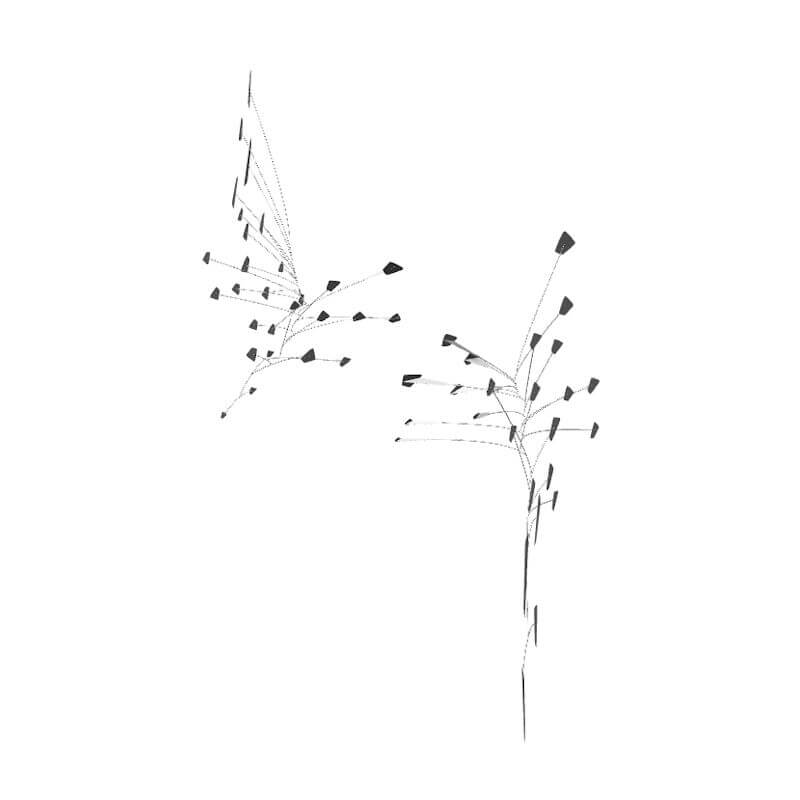
Shown within the 4-story atrium:
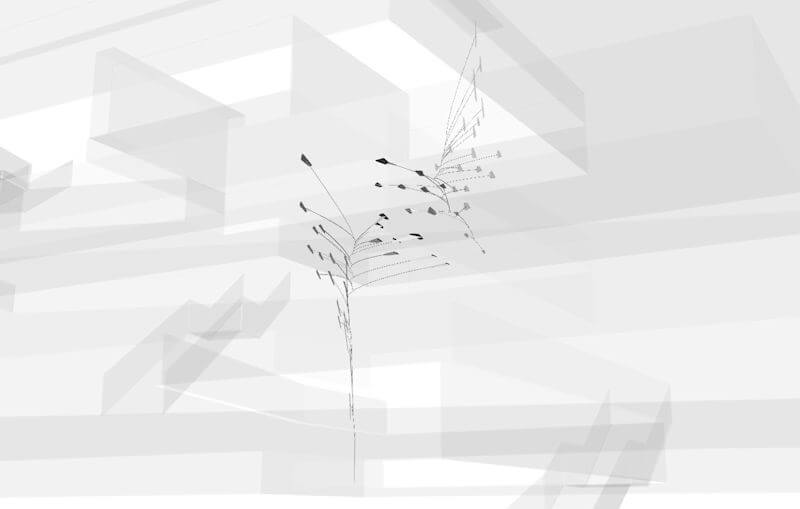
View from the ground floor:

Render of the building:
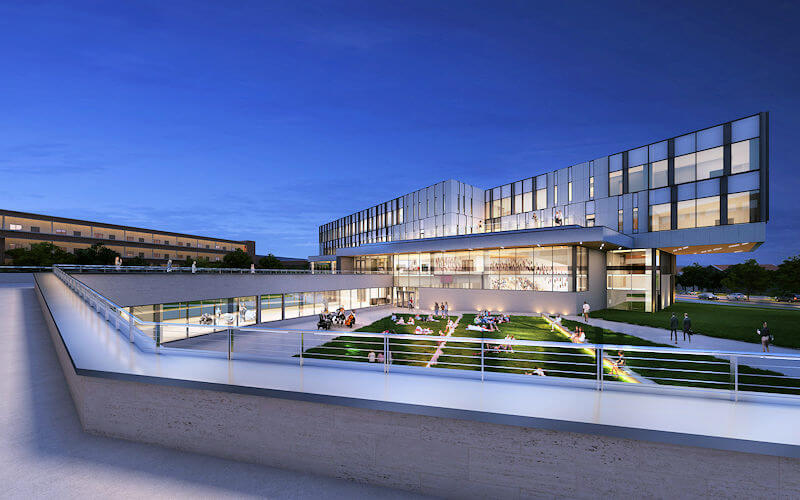
The atrium:
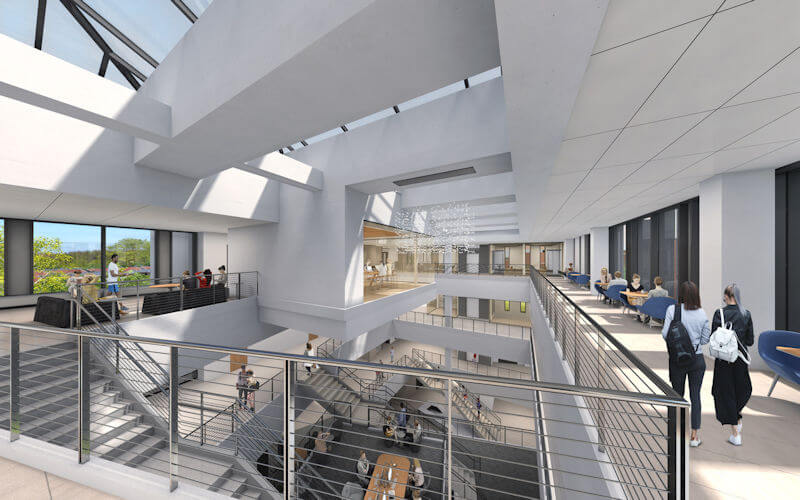
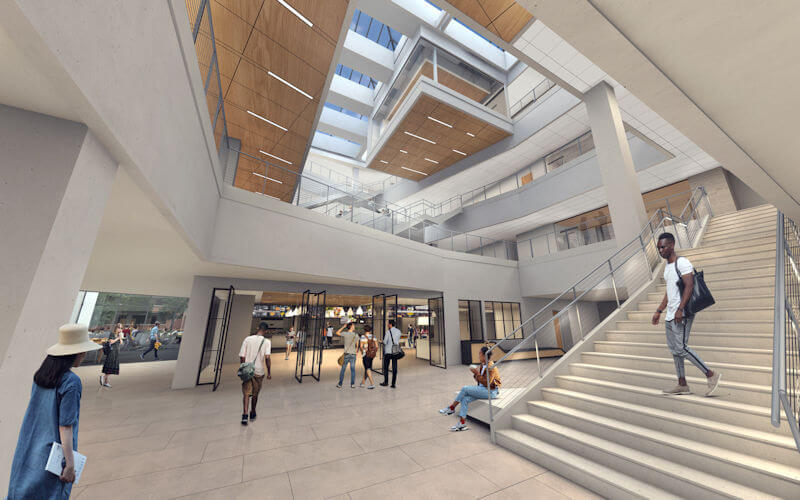
Several weeks were spent on experimenting with fabrication techniques and inventing custom tools. Several jigs to facilitate the assembly process were also made. The balance point of each of the almost 50 parts had to be calculated precisely within the 3d model. The balance point of each part is dependent on the weight of the other parts. Each part had to be fabricated according to the 3d model, with some parts needing many adjustments until they positioned themselves correctly. In the process, the sculpture had to be raised and lowered hundreds of times, making additional adjustments to the parts each time.
The sculpture is made with a conventional hook-and-loop structure, as in a Calder mobile. A custom-made bending tool bolted to a table weighing 2 tons was utilized to allow for the metal rounds as thick as 3/4 inch (2 cm) to be bent into tight loops with an inner diameter of only 1 inch (2.5 cm):
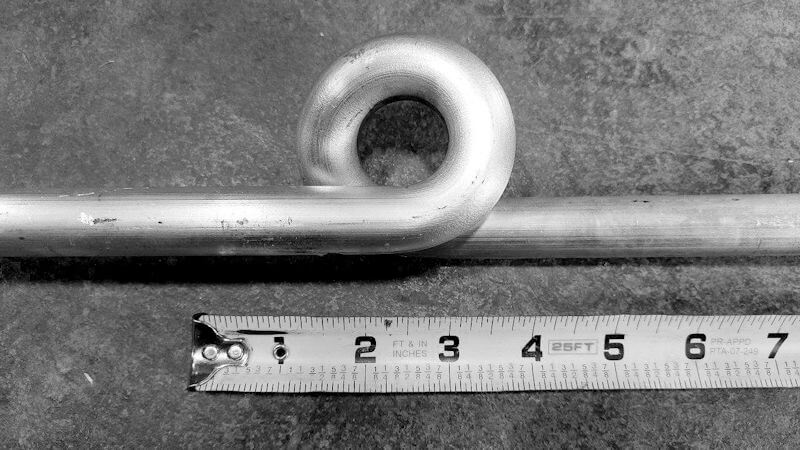
Calculated measurement marks lining up perfectly after a loop was bent, ensuring that the balance point will be precisely in the correct place:
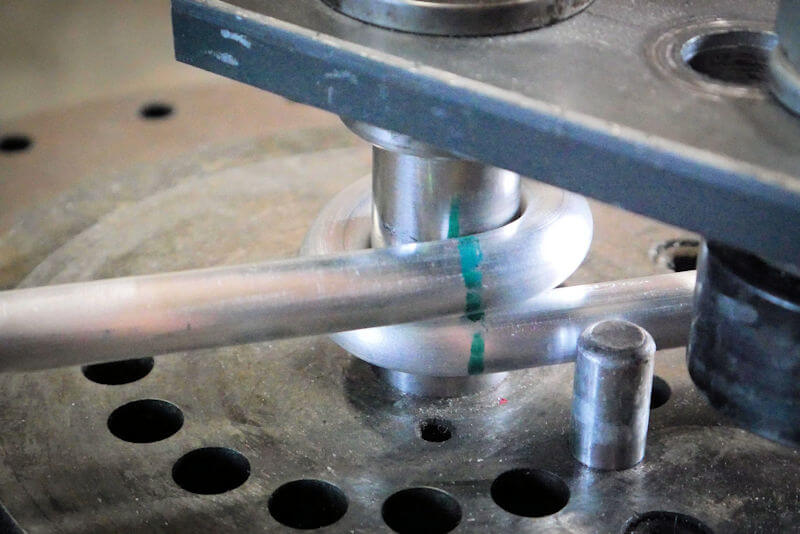
The 3d model of the atrium with the space utilized by the mobile (in red) to ensure that as the kinetic sculpture rotates and moves with the air currents, it will always remain out of reach from the various floors:
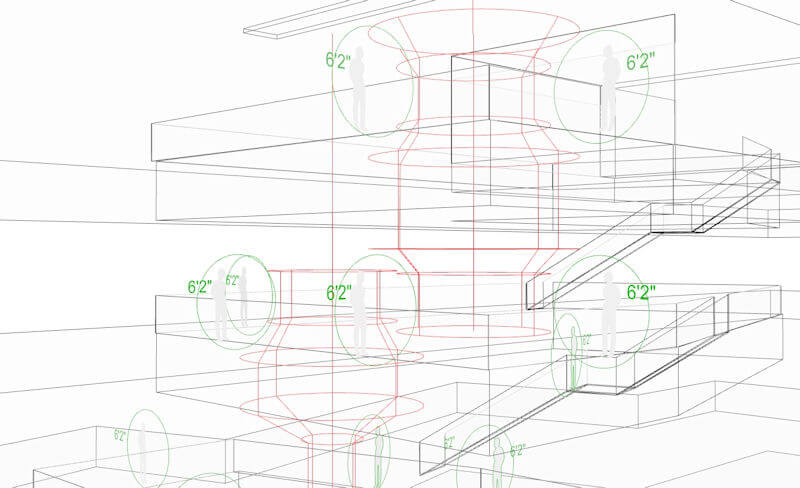
A video illustrating the various suspension options for mobile sculptures in the atrium:
Abstract metal shapes in the fabrication process:
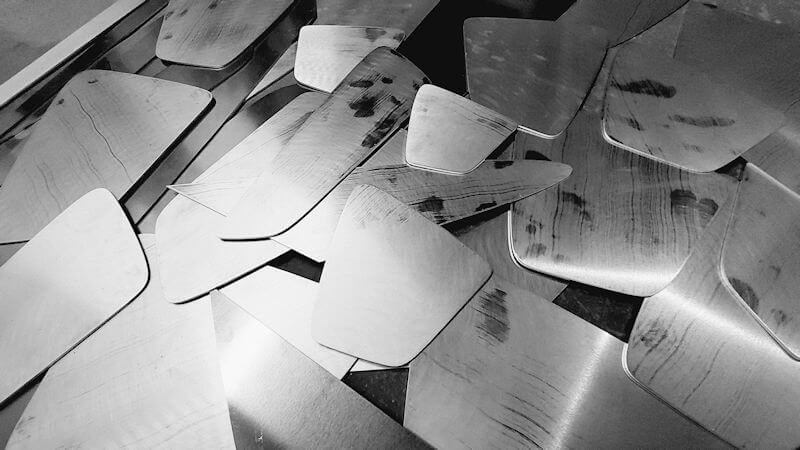
The spreadsheet for one of the two sections, comparing the weight of the parts in the 3D-model to the actual weight of the parts as they were being made. The difference throughout the fabrication process had to be kept to a minimum to ensure that each part of the almost 50 parts, and the sculpture as a whole, would balance correctly. In the end, the weight difference between the model and reality was only 0.05% (0.31 ounces / 8.73 grams) of the total weight of the section:
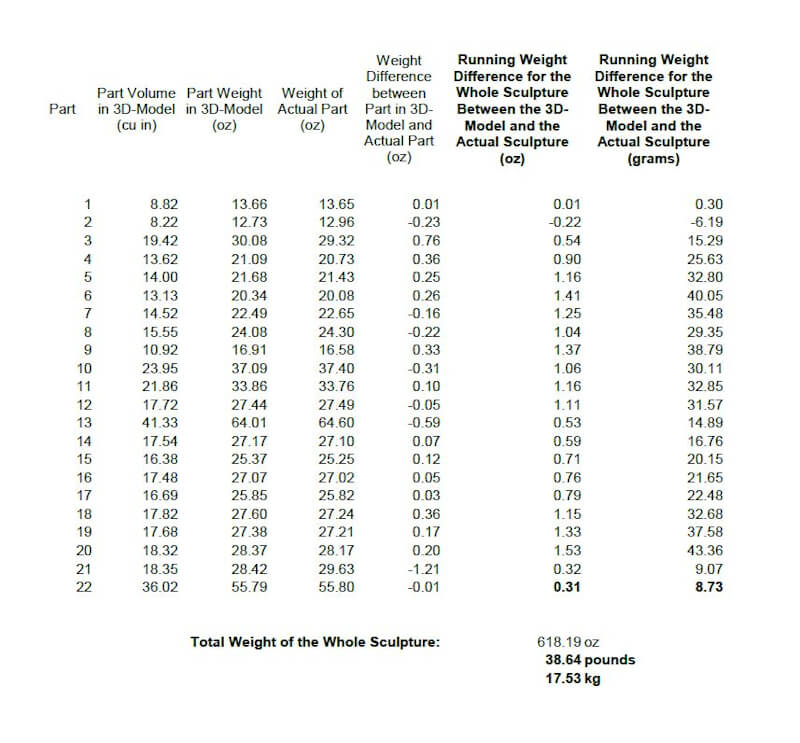
Photo from installation day:
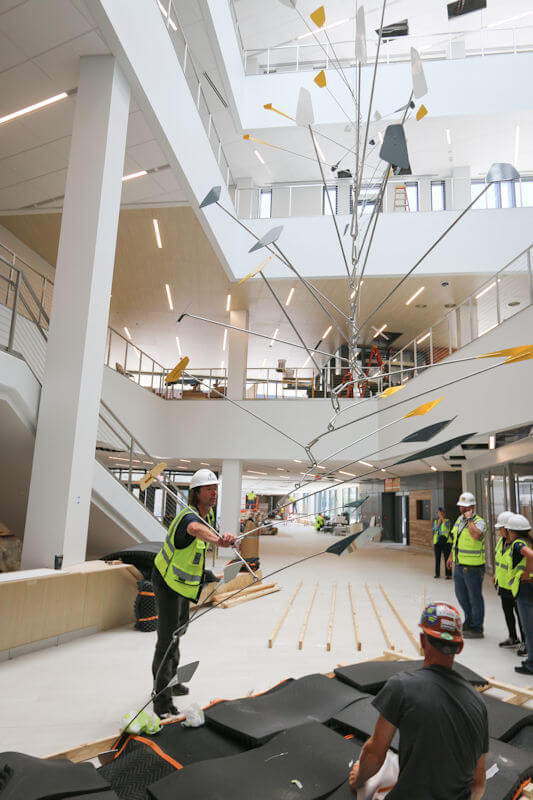
Photo from the opening ceremony in September 2022:
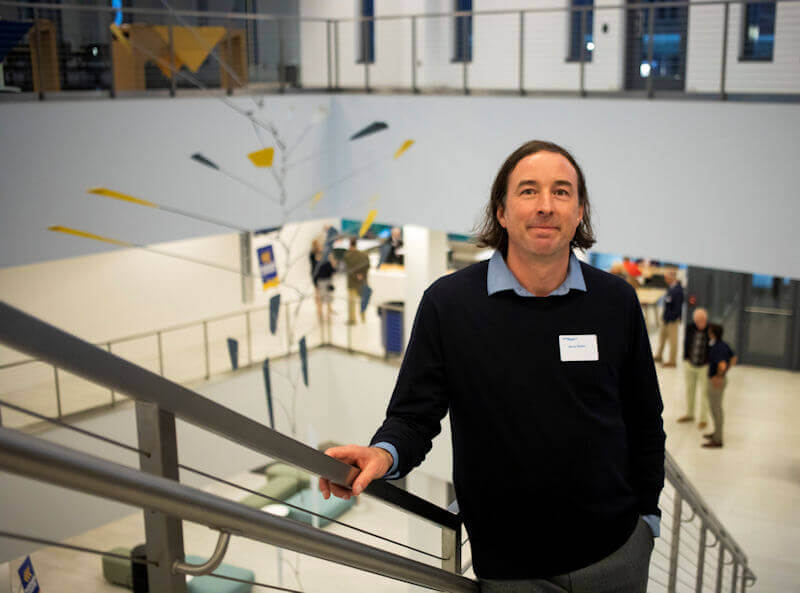
Thanks to Mike Rainer of Mike’s Machine & Welding for providing outstanding assistance with the fabrication of the mobile sculpture.
Update October 2023: The Learning Commons earns the Grand Prize at “Learning By Design” magazine’s Fall 2023 Architecture and Interior Design Awards of Excellence program.
I will be adding more images and information to this post as soon as I have time.
– See more of my art installations and mobile sculptures –
Custom-Designed Mobile for Private Residence in Key Biscayne
Photos of a large custom-designed mobile sculpture for a private residence in Key Biscayne, Florida. By the client’s request, via Venezuelan architect and interior designer Alejandro Barrios Carrero, the mobile is close in style to Alexander Calder‘s work.
A photo of the yet-to-be-painted mobile suspended in my work shop:
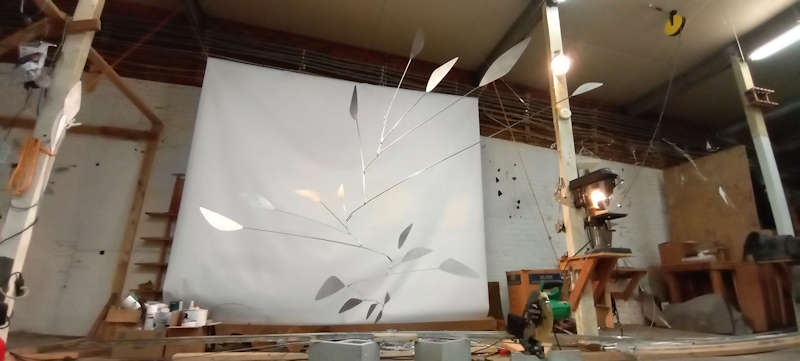
Photos of the mobile sculpture installed at the yet-to-be-finished residence (photos of the finished project will follow soon):
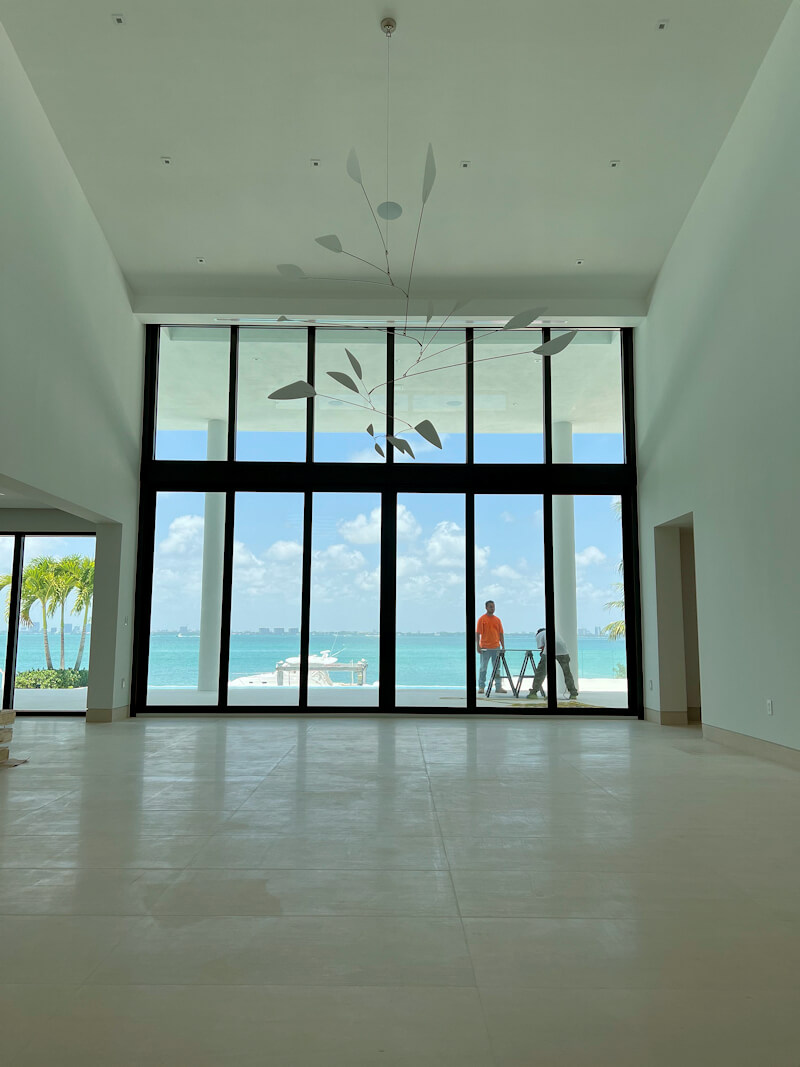
In the evening with shadows of the mobile sculpture on the walls and the ceiling:
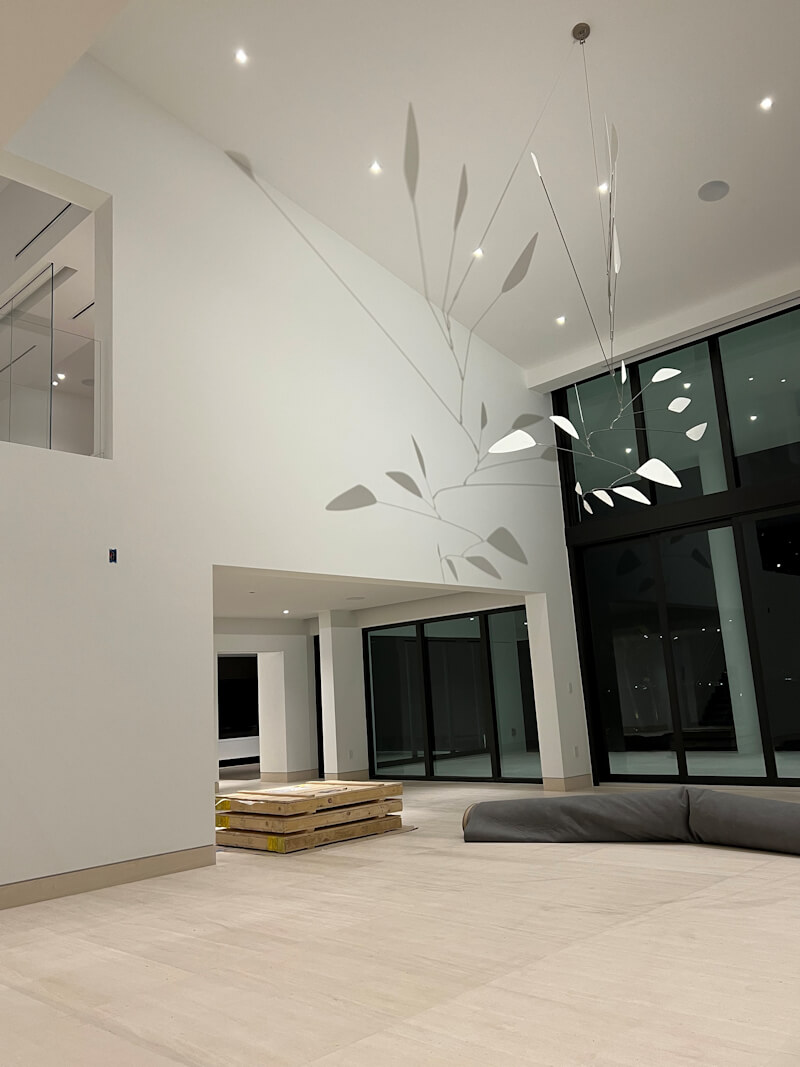
The sculpture is made of stainless steel and measures 136 inches (345 cm) in diameter and 107 inches (272 cm) in height.
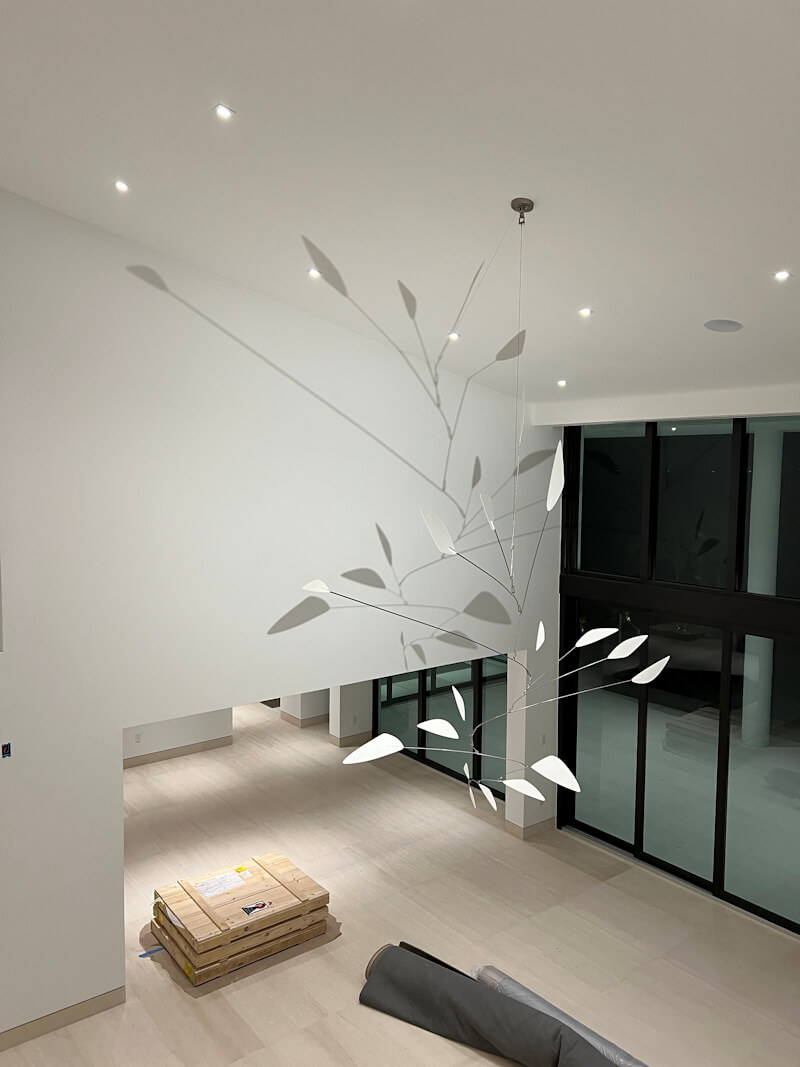
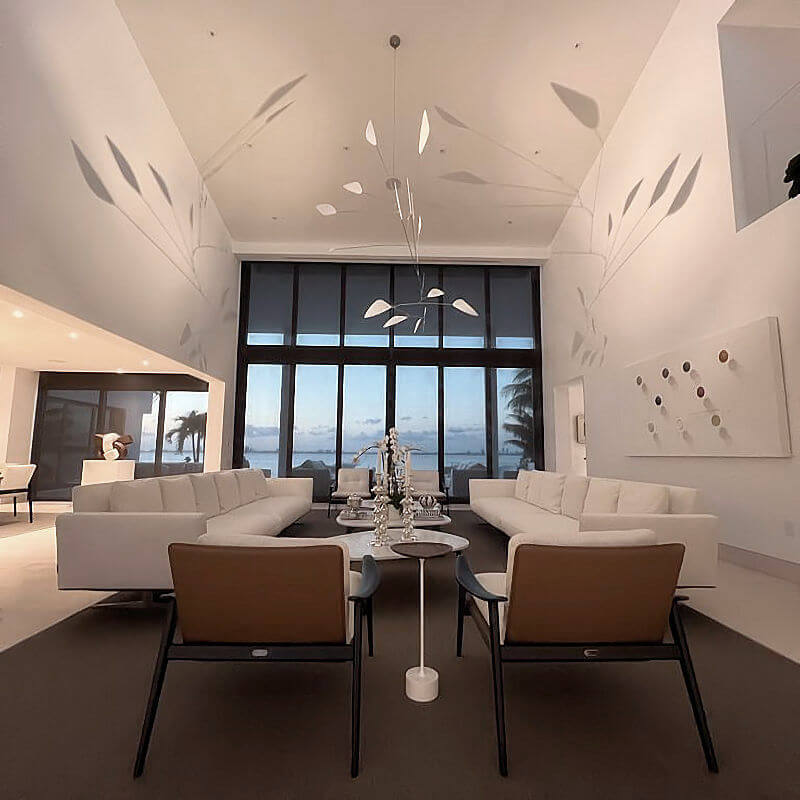
– See more of my mobile sculptures –
Contemporary Mobile Sculptures – Expanding Calder’s Art Form – Part 2
This is a continuation in progress (as of 2025) of my previous post Contemporary Mobile Sculptures – Expanding Calder’s Art Form with new mobile sculptures that I’m currently working on:
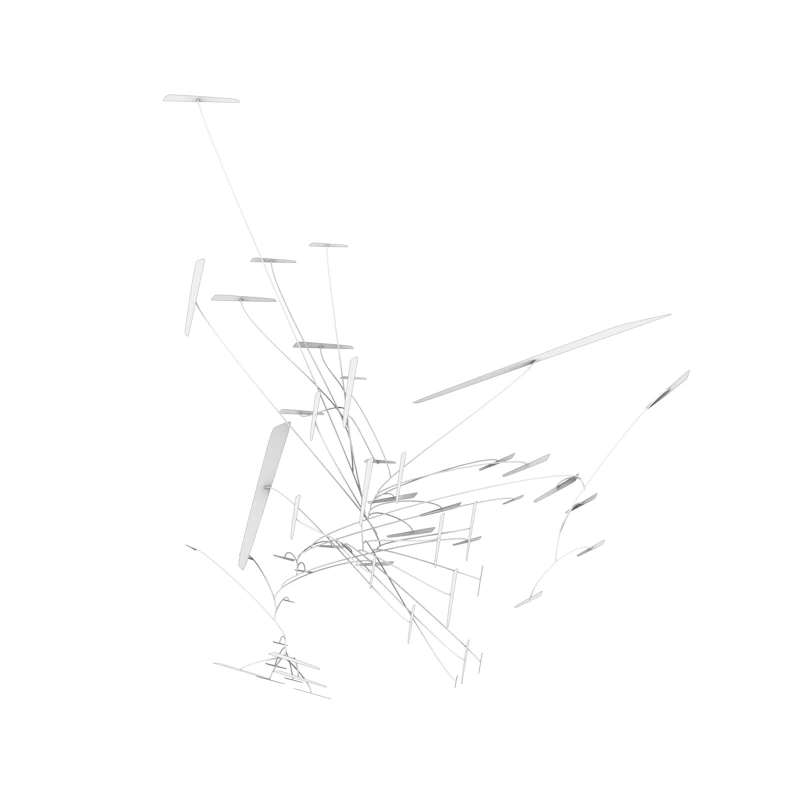
These are images of 3d models of the mobile sculptures that I’m working on expanding, with the balance point for each part precisely calculated. Each of these mobile sculptures has an interconnected balance structure throughout, just like an Alexander Calder mobile. The balance of each part is determent by the weight of the parts connected to it. This specific mobile sculpture, for example, is made of 51 balanced parts that are connected to each other, resulting in just one suspension point for the whole sculpture:
One of these mobile sculptures here shown with the precisely calculated balance points (103 points in total):

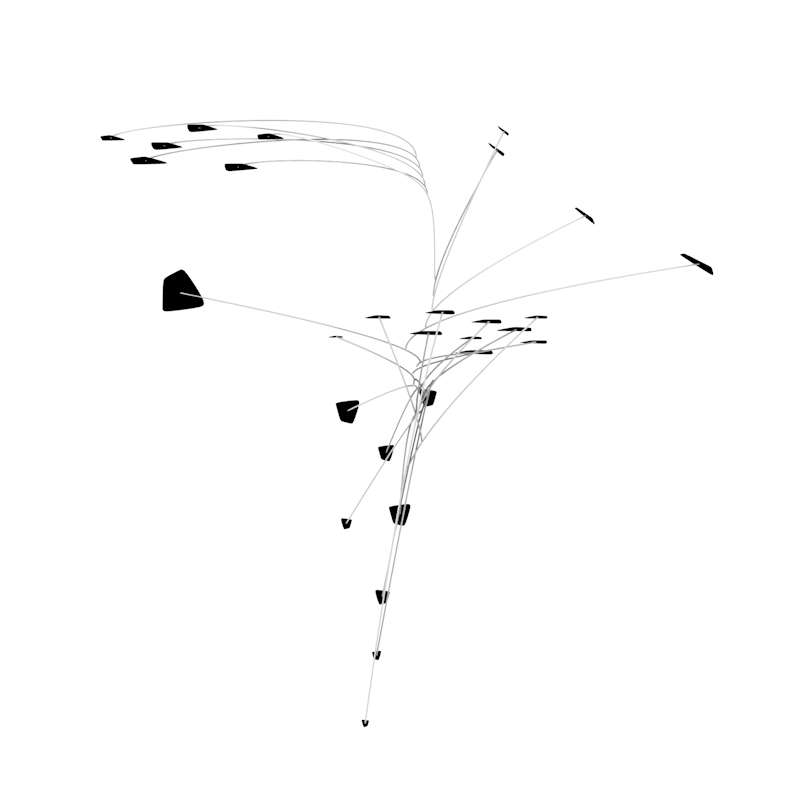
– See more of my mobile sculptures –

